World on edge: Trump’s tariffs & cracks in global stability
Wall Street’s jittery because tariffs aren’t just about borders; they’re about betting on a stable world.
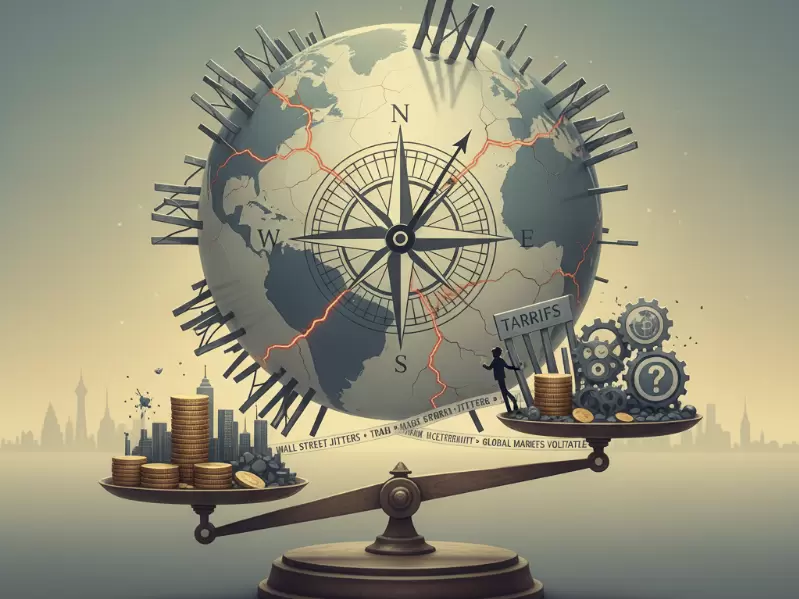 Representative image / AI generated
Representative image / AI generated
It’s hard to ignore the headlines these days. The world feels like it’s spinning faster, with old alliances fraying and new fights popping up everywhere. Just this week, the U.S. stock market took a brutal hit, dropping nearly 800 points in a single day as investors panicked over President Trump’s latest tariff threats against China. That’s not just numbers on a screen—it’s retirement savings wiped out, small businesses scrambling, and families wondering if they’ll feel the pinch at the grocery store.
And this comes on the heels of tariffs slapped on India, which have already strained ties with a key partner. Add in Afghanistan’s flat-out refusal to let the U.S. back into its old military base, the snub of no Nobel Peace Prize for Trump, and you have a snapshot of a planet that’s anything but stable. As someone who’s watched these twists and turns for years, I can’t help but think we’re at a tipping point. Trump’s “America First” playbook is shaking things up, but is it building walls or just making enemies?
Let’s start with the tariffs, because they’re the spark that’s lit this latest fire. Back in August, the Trump administration imposed a whopping 50 percent tariff on most imports—25 percent as a “reciprocal” measure to match India's trade barriers, plus another 25 percent as punishment for buying discounted Russian oil. India, our ally in countering China, got caught in the crossfire of U.S. efforts to squeeze Russia over Ukraine.
Lawmakers in Congress are pleading with Trump to dial it back, warning that it’s pushing New Delhi closer to Moscow and Beijing—exactly the opposite of what we want. Indian officials are furious, calling it an “own goal” that hurts everyone. Pharmaceuticals, autos, machinery—these are the lifeblood of our trade, and now costs are spiking for American consumers who rely on affordable generics and parts.
But India was just the appetizer. On Oct. 10, Trump announced a massive 100 percent tariff on Chinese goods, in addition to what’s already there, set to kick in on November 1 unless Beijing backs off its export controls on rare earth minerals. This isn’t a nudge; it’s a sledgehammer. China controls most of the world’s rare earths—key for everything from electric car batteries to fighter jets—and they’re flexing that muscle in response to our moves. Trump says it’s about fairness, protecting American jobs from “unfair” trade. Sure, no one likes seeing factories close in the Rust Belt. But escalating this trade war? It feels like pouring gas on a fire that’s already burning down global supply chains.
ALSO READ: India-US ties in Trump’s first term with special focus on Howdy-Modi rallies
Remember the first Trump-China spat? Prices rose, farmers lost markets, and uncertainty ruled. Now, with the world economy still wobbly from pandemics and wars, this could tip us into recession. The IMF’s already forecasting sluggish growth at 3.2 percent for 2025, and tariffs like these only make it worse.
That market plunge tells the real story. The Dow shed 879 points—nearly 2 percent —as tech stocks like Nvidia and Tesla tanked on fears of disrupted chips and components from China. Wall Street’s jittery because tariffs aren’t just about borders; they’re about betting on a stable world. Investors hate surprises, and Trump’s tweet-storm diplomacy delivers them daily.
We’ve seen this before—back in April, similar threats sparked a mini-crash. Everyday folks pay the price: higher costs for phones, cars, even holiday gifts. And for what? This is a short-term win that might cost us long-term friends and markets.
Then there’s Afghanistan, a reminder that not every chess piece moves where you want. Trump wants Bagram Air Base back—the massive hub we built and handed over in the chaotic 2021 pullout. He says it’s strategic gold: just an hour’s flight from China’s nuclear sites, perfect for surveillance, counterterrorism against ISIS, and tapping rare earth minerals.
Trump’s been pushing his team for months to negotiate with the Taliban, hinting at deals or even force if needed. But Kabul’s response? A hard no. Taliban officials say Afghans have never tolerated foreign troops on their soil, and they’re not starting now. “Not even an inch,” one defense chief declared.
This isn’t just pride; it’s sovereignty after two decades of war. Reopening that wound risks dragging us back into the quagmire we barely escaped. Neighbors like Pakistan and Russia are already pushing back, worried about more instability on their doorsteps. Trump’s tough talk might rally his base, but it ignores the lesson of history: you can’t bomb your way to bases in places that don’t want you.
If the tariffs and base drama weren’t enough, the Nobel Peace Prize announcement felt like salt in the wound. Trump has been vocal about deserving it—claiming he’s ended seven wars, brokered deals in the Middle East, and stared down dictators. Supporters like Netanyahu and even some in Russia nominated him. But on Friday, the committee went with Venezuelan opposition leader Maria Corina Machado for her fight against authoritarianism.
Trump spun it graciously at first, saying she called to say he “deserved it” and accepted in his honor. His team grumbled about “politics over peace,” but let’s be real—this stings. The Nobel isn’t just a trophy; it’s global validation. Getting passed over underscores how Trump’s style—bold, unpredictable—polarizes as much as it unites. In a year when conflicts rage from Ukraine to Sudan, the world craves steady hands, not showmen.
Zoom out, and it’s clear: 2025 is a year of fractures. The World Economic Forum’s latest risks report calls state-based armed conflicts the top threat, with 23 percent of experts fearing a global crisis. Geoeconomic showdowns like these tariffs rank high, too, fueling fragmentation.
Climate chaos, cyber threats, and misinformation amplify the mess, while aging populations and AI shifts upend jobs. Trump’s back in the White House, promising to fix it all with deals and muscle. But his moves so far—tariffs that alienate allies, base grabs that ignore history, prize snubs that highlight hubris—suggest we’re trading stability for spectacle.
Don’t get me wrong: America needs a fighter. China’s rise demands tough choices, and endless wars drained us dry. But true strength isn’t in isolation; it’s in smart partnerships. We should ease tariffs on friends like India, negotiate bases through aid, not threats, and focus on real peace, like pressuring Russia in Ukraine without burning every bridge. The market’s nosedive is a wake-up call: uncertainty isn’t a strategy.
As we head into this unstable winter, let’s hope leaders remember that. The world’s too connected for solo acts. If we don’t stitch these cracks, we’ll all fall through.
(The views and opinions expressed in this article are those of the author and do not necessarily reflect the official policy or position of New India Abroad)
ADVERTISEMENT
ADVERTISEMENT
E Paper
Video



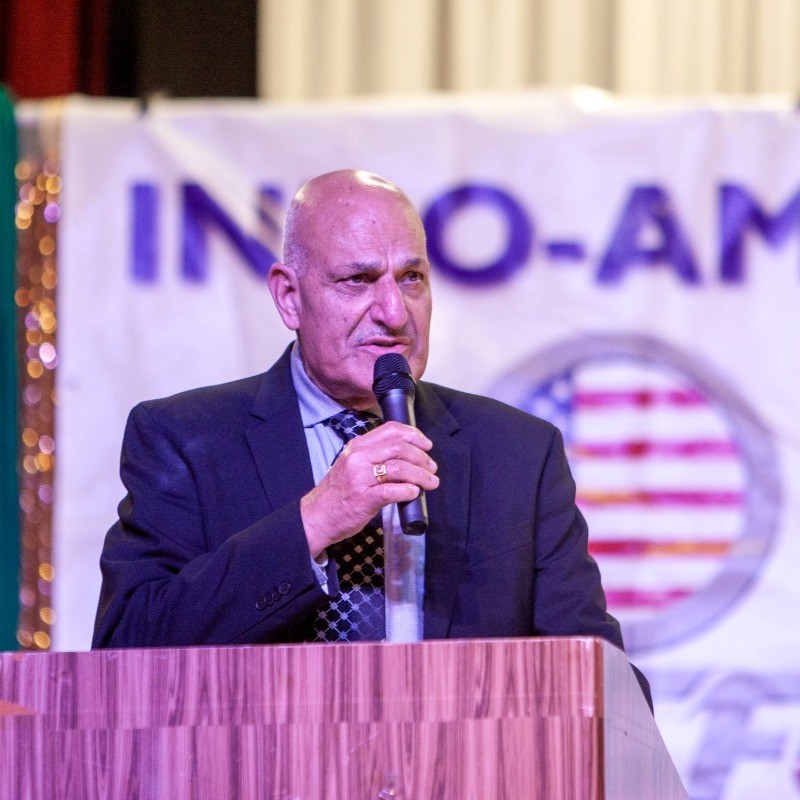 Jeevan Zutshi
Jeevan Zutshi
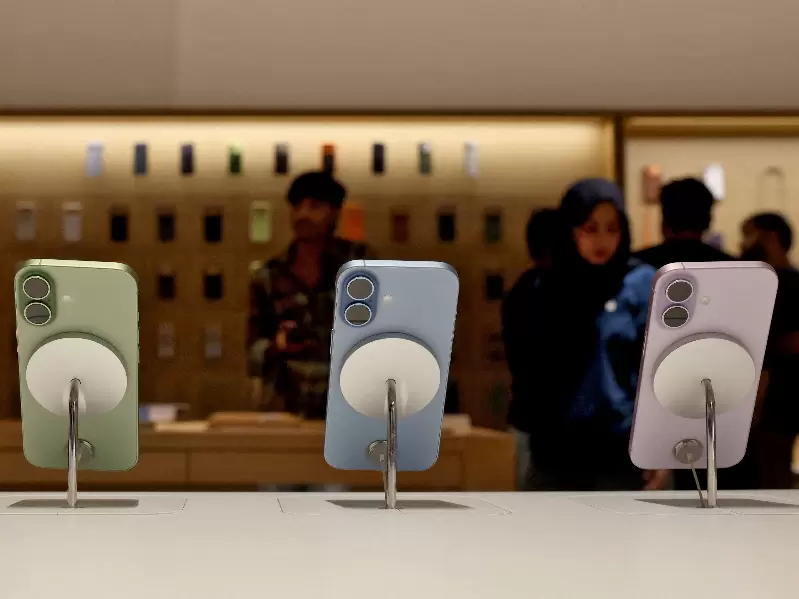
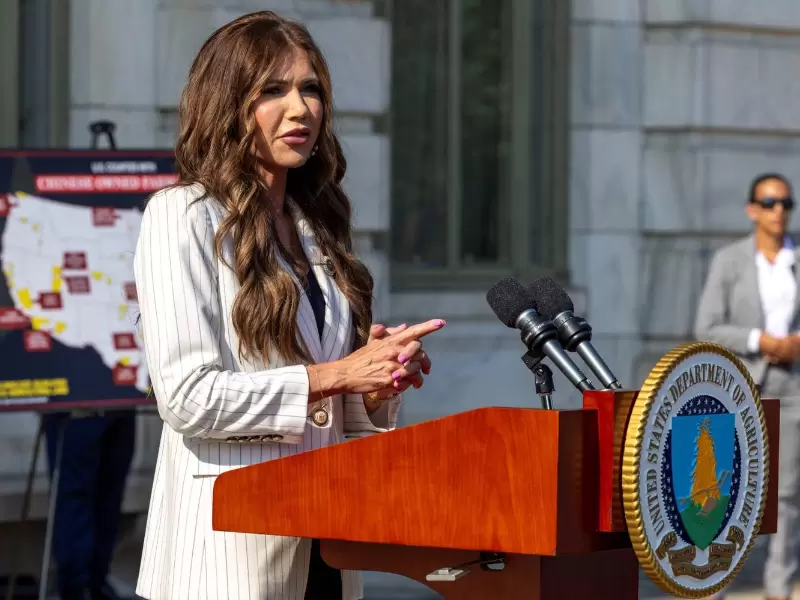


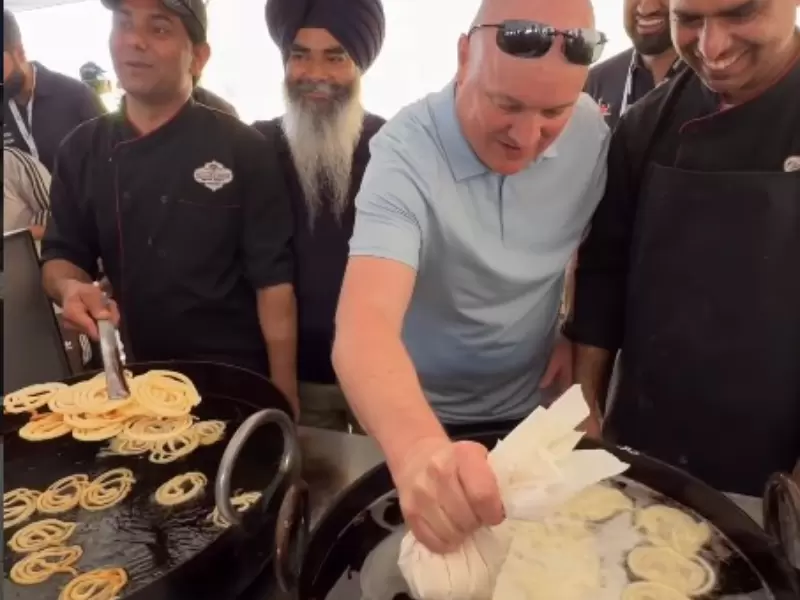

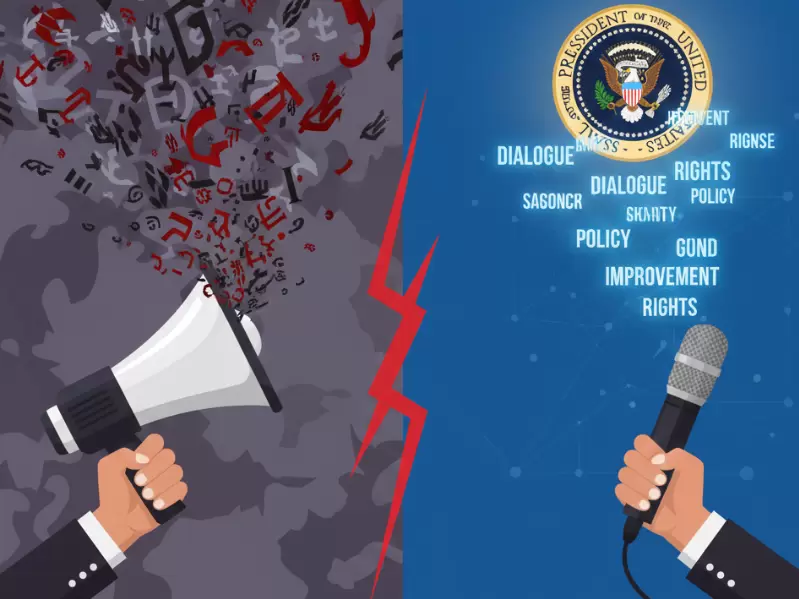

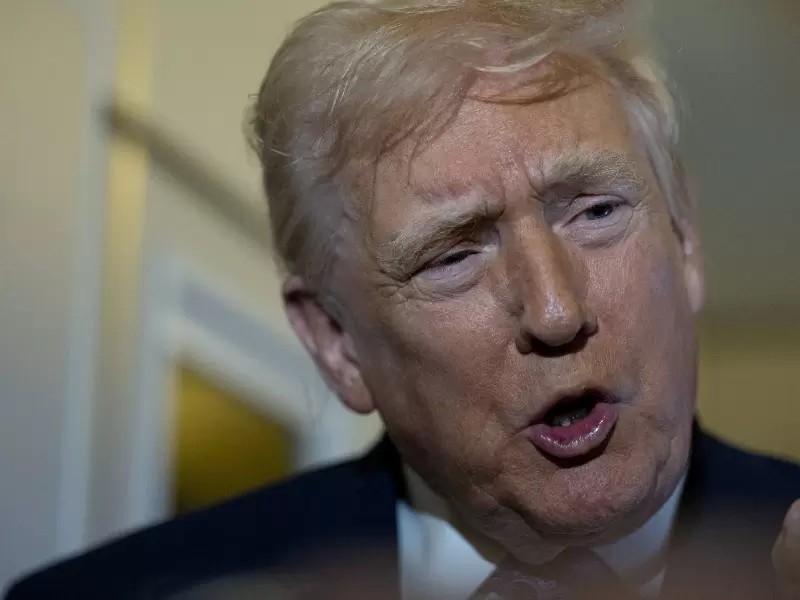
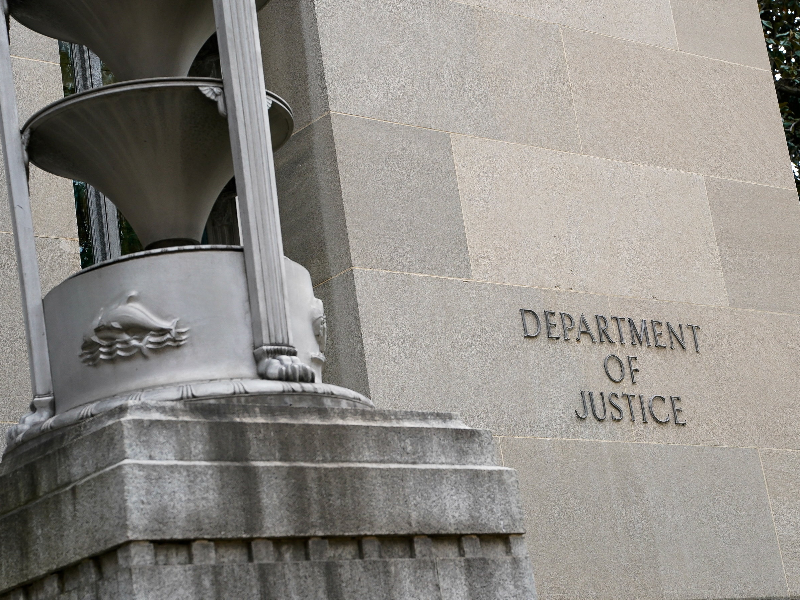


Comments
Start the conversation
Become a member of New India Abroad to start commenting.
Sign Up Now
Already have an account? Login